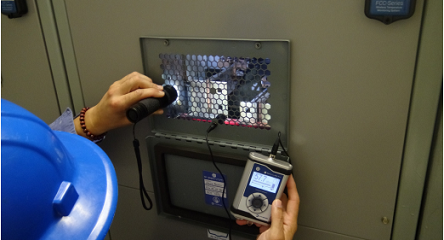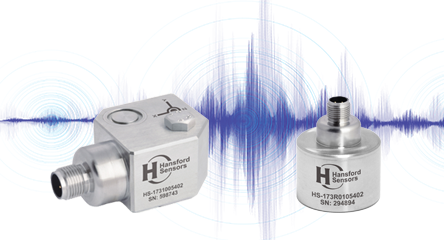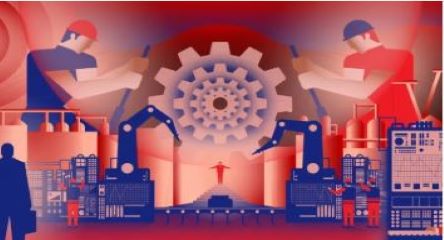Articles
3 Reasons Why You Shouldn’t Wait for Warning Signs to Maintain Your Assets
As we talk to others in the reliability industry, we’re occasionally confronted with the viewpoint that asset health and condition monitoring is a cure-all when it comes to preventing asset failure. Understandably, people like the idea that they can continuously monitor their assets and only intervene or perform maintenance when there’s degradation. However, what seems ideal is not always practical, and there are limitations to what can be achieved through monitoring.
Here are our top three reasons why overreliance on asset health and condition monitoring could actually prevent you from achieving your reliability goals.
1. Limitations of technology
While advancements in technologies like artificial intelligence and machine learning have enabled better prediction of asset failure or degradation, there is a long way to go before technology is able to detect all possible issues across all assets. For this reason alone, asset monitoring needs to be implemented as part of a broader strategy that involves regular and proactive maintenance.
2. Logistics of unplanned maintenance
While asset monitoring may seem proactive, it is reactive in the sense that when it alerts you to an issue, you have to respond and at times without much time to prepare. That may be justifiable for certain use cases, but it can create issues if you don’t keep on top of proactive maintenance.
Consider a mining operation with 15 haul trucks. If they minimize maintenance on those trucks and wait for a warning alarm to go off, they could find themselves with four trucks that need servicing on a single day. In this situation, staffing and resources like tools and workshop space are constrained and there could be impacts on business continuity. Conversely, if the mining operator kept up on routine maintenance, it is possible that the issue could have been avoided altogether.
3. Asset monitoring presents the problem, not the solution
One of the most obvious reasons that asset monitoring is not the end and be all of reliability is that it only helps to detect or warn about a problem. You still need a strategy that outlines the steps you can take to fix it, and that strategy should inform you of any other maintenance to be performed on that asset.
Think about your car. If your engine light goes off and you take it into the dealership to be looked at, you are likely to ask them to go ahead with the service you have scheduled in a month’s time. The same logic should be applied when an asset goes offline for maintenance.
The bottom line is that asset monitoring can play an important role in preventing failure, but it is best applied as part of an overarching strategy. This will help you drive towards the performance that you want, rather than leave you reacting to the performance you’re getting.





